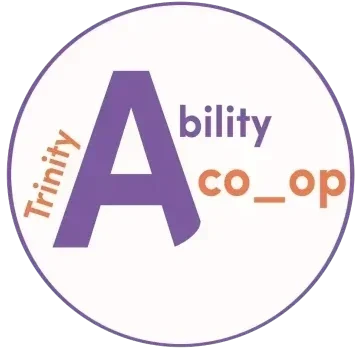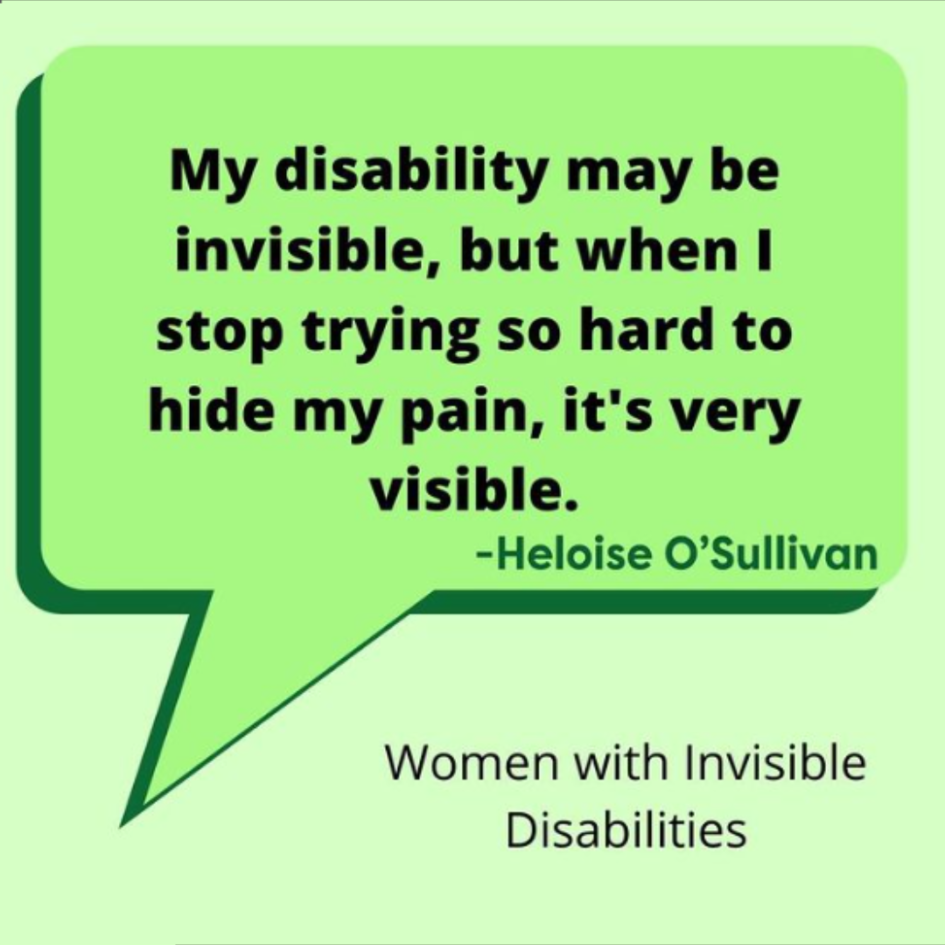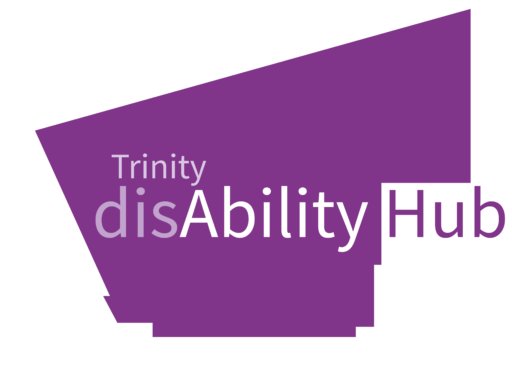Heloise O’Sullivan
Society places a large emphasis on “seeing is believing”. This thinking makes invisible disabilities just that – invisible. There will always be people struggling more – why complain?
So, you play it off, pretend you’re not in pain until you can’t pretend anymore. Then you’re questioned further – you don’t normally feel so bad, why now? How could something go from 0 to 100? How has something invisible suddenly become so visible?
But there comes a time when I can’t mask the pain anymore.
I wasn’t aware I had to prove my pain, but it’s because it was never at zero. The pain was always there, hovering at 90, and I can hide it at 90, so as not to inconvenience anyone. But there comes a time when I can’t mask the pain anymore. When I’m lying in my bed in the middle of the day, curtains shut and willing myself to sleep, or waking up at the bottom of a flight of stairs bleeding and not knowing where I am, or injecting myself with experimental trial medication like a guinea pig, just hoping for a moment of respite.
My disability may be invisible, but when I stop trying so hard to hide my pain, it’s very visible.”



